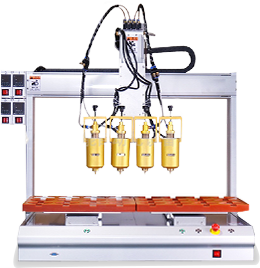

Product details
The double-drawer tool cabinet is built with precision sheet metal stamping technology and is designed for scenes such as workshops and maintenance rooms to solve the problem of scattered storage of tools.
From the production process, first select cold-rolled steel plates with a thickness of 1.2-1.5mm, accurately cut by laser cutting, and then complete basic stamping such as punching and blanking by CNC punching machines. The customized mold design ensures the accuracy of key parts such as drawer slides and cabinet mounting holes. Subsequently, the three-dimensional structure of the drawer and cabinet is shaped by a bending machine, and the welding process uses seamless spot welding to ensure the strength of the cabinet while taking into account the flat appearance.
In terms of functional design, the double-drawer partition can store small tools (such as wrenches, screwdrivers) and accessories (such as screw boxes, gaskets) respectively. The drawer can be equipped with a partition board to achieve more detailed classification. The cabinet surface is electrostatically sprayed with highly recognizable colors such as yellow, which not only beautifies the appearance, but also forms a dense protective layer to resist oil and water vapor erosion and extend the service life.
The installation and use scenarios are diverse. Rollers can be added to the bottom to achieve mobility, or the back hanging holes can be used to fix it to the wall to adapt to different workshop layout requirements. Whether it is automobile repair, mechanical processing or electronic assembly workshop, this tool cabinet, with its structural stability brought by precision stamping and humanized storage design, helps improve tool management efficiency and becomes a practical configuration for standardized operations in the workshop.
The precision sheet metal stamping of double-drawer tool cabinet has the following characteristics:
High precision: With the help of precision molds and CNC equipment, the dimensional tolerance is strictly controlled, the drawers and cabinets fit tightly, the structure and assembly accuracy are guaranteed, the interchangeability is good, and the same batch of products can be used universally.
High efficiency: Adapting to the automated production line, it can produce continuously and quickly, complete the manufacturing of a large number of cabinets and drawers in a short time, and can also integrate multiple processes, form key structures at one time, and reduce subsequent processes.
Excellent quality: The material is plastically deformed, and the strength and rigidity are improved; there is no excessive processing damage on the surface, the processability is good, which is conducive to subsequent spraying and other treatments, and avoids welding defects, with high reliability and safety.
Flexible design: Through mold design, various complex structures can be realized, such as single/double tracks and mixed configurations of drawer rails, to meet different load-bearing and use requirements, and can also be combined with hanging holes, partitions and other design optimization functions.
Good material utilization: reasonable layout, optimized process, reduced waste, improved material utilization, and reduced costs. At the same time, the weight of stamping parts is relatively light, and a certain degree of lightweight can be achieved while taking into account strength.
 Headquarters tel.
Headquarters tel. E-mail.
E-mail.